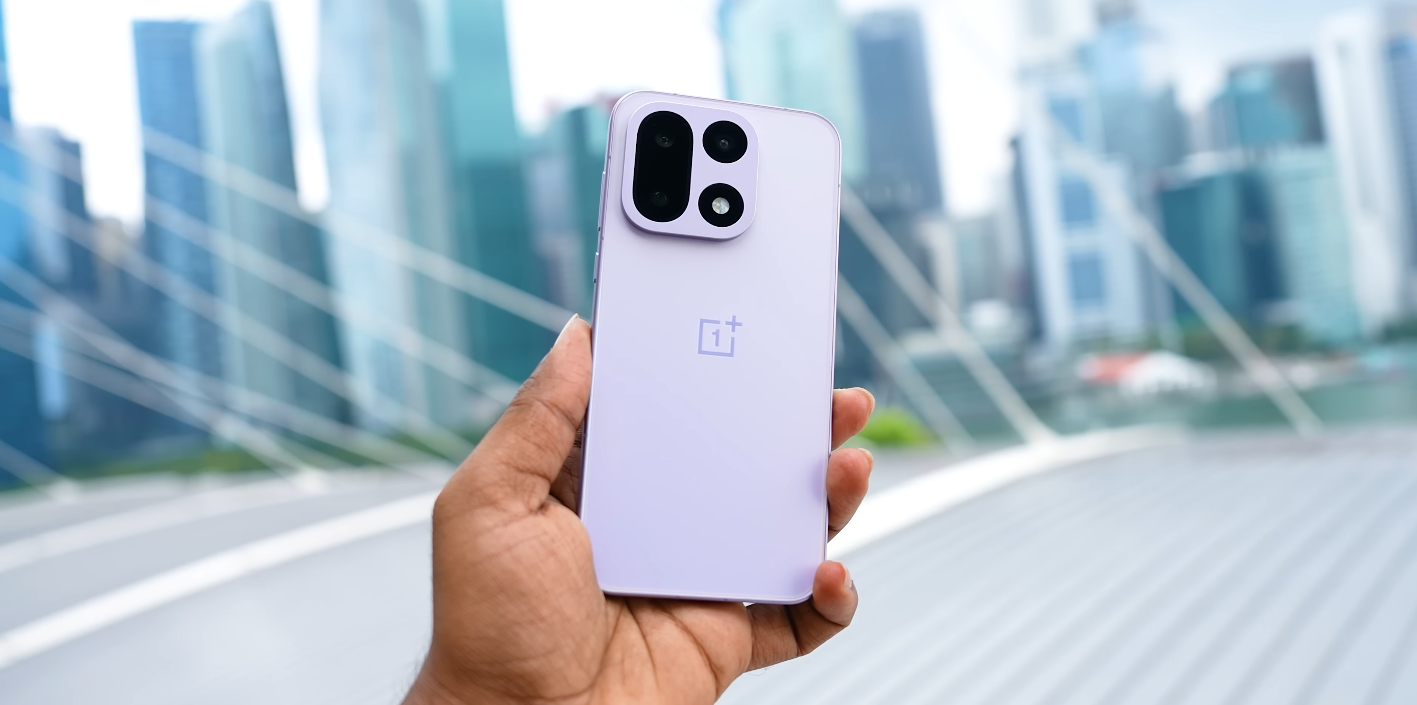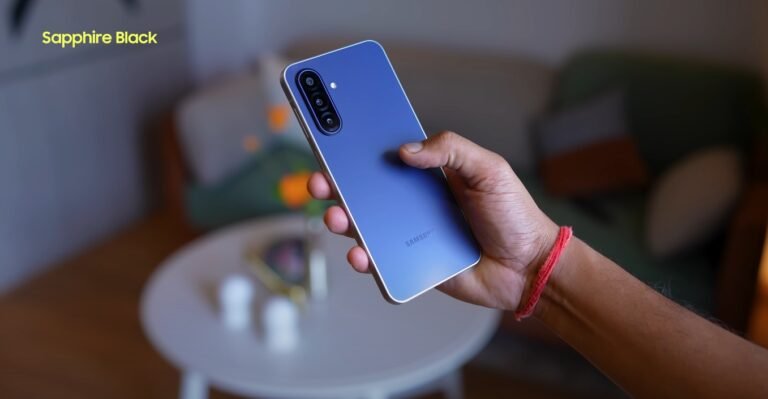OnePlus 15 vs Xiaomi 17 Pro: flagship specs, value price

A closer look at two premium contenders
The OnePlus 15 and Xiaomi 17 Pro are shaping up to be two of the most notable flagship smartphones entering the market, each positioned to appeal to users who want strong performance, refined design and efficient battery endurance. With both brands targeting premium audiences and maintaining strong recognition in the UK, comparisons between these two devices are already gaining momentum ahead of their broader availability.
Early reports suggest that both devices are expected to feature the next-generation Snapdragon flagship chipset, designed to deliver high efficiency, improved thermal stability and accelerated AI-driven performance across apps and real-time system operations. This positions them as direct competitors in everyday performance scenarios, from multitasking and communication workflows to intensive gaming sessions.
The OnePlus 15 is expected to feature a slightly larger display, likely in the region of 6.7 to 6.8 inches, using a high-refresh OLED panel with variable refresh rate technology to balance smooth visual motion with power savings. The Xiaomi 17 Pro, meanwhile, is expected to offer a more compact display, appealing to users who prefer lighter, more ergonomic handsets without compromising colour accuracy or peak brightness performance.

Camera systems continue to be a defining element of flagship distinction. The OnePlus 15 is expected to include a triple-camera layout with a standard wide, ultra-wide and telephoto lens configuration, with particular attention given to stability and low-light clarity. The Xiaomi 17 Pro is similarly expected to feature a triple-lens arrangement, though its telephoto system may place greater emphasis on extended optical zoom capability, which could appeal to users who prioritise distance photography detail.
Battery performance is another central consideration when comparing these two flagships. The OnePlus 15 is reported to utilise a high-capacity battery supported by very fast wired charging technology, in line with OnePlus’s ongoing focus on reducing recharge waiting times. The Xiaomi 17 Pro is also expected to support fast charging and wireless charging, though the exact speeds and capacities may differ slightly depending on market variant and regional specifications.
Design philosophy marks a clear distinction between the two devices. OnePlus has continued to refine minimal, modern aesthetics with smooth contours and emphasis on in-hand comfort, alongside material finishes aiming to balance durability with lightness. Xiaomi has taken a more compact and slightly lighter approach for the Pro variant in previous generations, so users can expect a slimmer profile and potentially more premium-feeling materials depending on the configuration offered at launch.
Software experience plays a meaningful role in long-term usability. The OnePlus 15 will run OxygenOS atop the latest Android version, focusing on speed, responsiveness and clean interface layouts suitable for business and everyday use. The Xiaomi 17 Pro will use Xiaomi’s current operating system environment, which blends customisation flexibility with feature-dense system tools. The difference in software philosophy may be a deciding factor for some users depending on preference for simplicity or adjustability.
Regarding longevity, both devices are expected to receive extended software support cycles. OnePlus currently provides four years of major Android updates and around five years of security patches for its flagship models. Xiaomi has similarly extended its support timeline for its premium devices, though exact update duration for the Xiaomi 17 Pro will be clarified closer to launch. For UK buyers planning multi-year device ownership, these update policies are key considerations.
When evaluating value and pricing, both devices are expected to enter a similar premium segment in the UK market. While final UK pricing will be confirmed upon official launch announcements, both OnePlus and Xiaomi have historically positioned their flagship models below the highest-priced competitors while offering similar performance levels. The perceived value will depend on user priorities, such as camera capability, software preference, design feel and battery life expectations.
In conclusion, the OnePlus 15 and Xiaomi 17 Pro each deliver flagship-class features balanced differently across display size, camera focus, charging efficiency, software approach and physical design. The OnePlus 15 may appeal more strongly to users who prioritise a large display, fast charging and a streamlined software experience, while the Xiaomi 17 Pro may be better suited to those who value compact form, versatile zoom photography and lighter in-hand ergonomics. As both move toward broader release, UK buyers will have a strong pair of competitive options to consider in the premium smartphone category.






